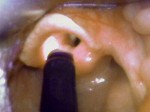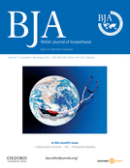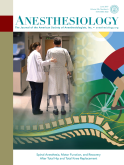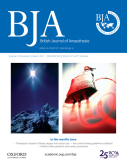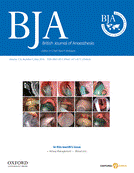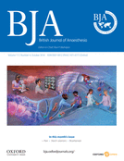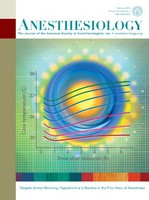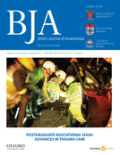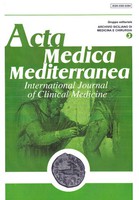Tracheal intubation is a critical moment of the anesthetic procedure, 30% of the total incidents ascribed to anesthesia are related to difficulties of airway control. 70% of these
accidents result in death or permanent brain damage.
Intubation difficulty in clinical practice occurs unexpectedly, according to the literature this can be to
2,4 % of cases, when anesthesia has been induced and we proceeded to the administration of the muscle relaxant.
The attempts at laryngoscopy and intubation are often traumatic and produce bleeding and edema that can make ventilation difficult.
The combined technique, which uses of a Mcintosh laryngoscope and a flexible bronchoscope (Combi-Technique), codified and standardized by Dr Francesco Sgalambro and Dr Angelo Denaro, easily overcomes
the difficulties of unexpected intubations
References
1) Organizational Aspects of Difficult Airway Management: Think Globally, Act LocallySchmidt, Ulrich M.D., Ph.D.; Eikermann, Matthias M.D., Ph.D.
Anesthesiology January 2011 - Volume 114 - Issue 1 - pp 3-6)
2) C. Frerk, V. S. Mitchell, etalii Difficult Airway Society intubation guidelines working group Difficult Airway Society 2015 guidelines for management of unanticipated difficult intubation in adults Br. J. Anaesth. (2015) 115 (6): 827-848
3) Recommendations for airway control and difficult airway management
Minerva Anestesiologica 2005;71:617-57)
The Background section describes the path for encoding and standardization of the Combi-Technique and "difficult"clinical cases are presented with images and video clips.
The section Short Training and Videoclis Demo describes the technique and training with a video demo.
For video install Adobe Flasch Player

